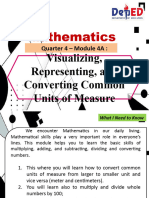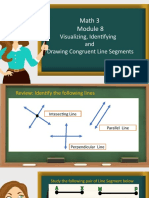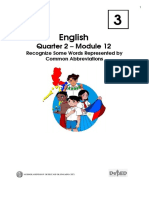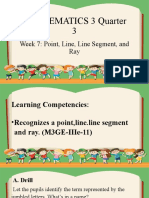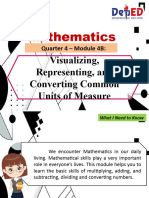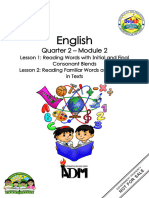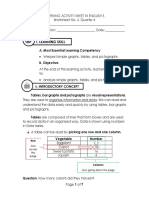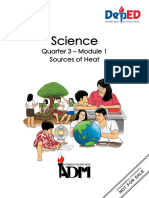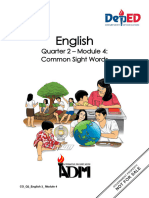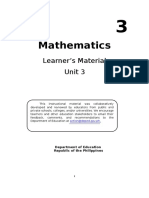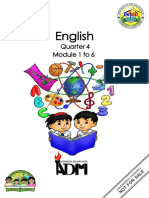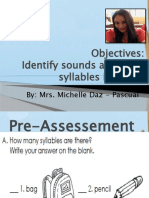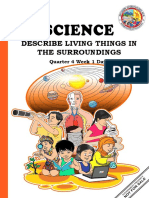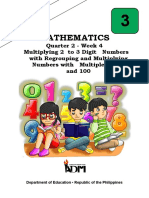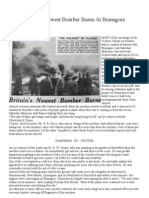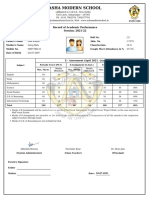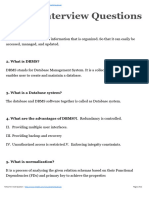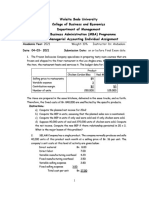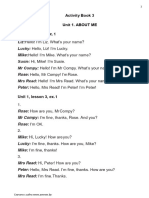0% found this document useful (0 votes)
975 views18 pagesMath3 Q3 Module5
This document provides information about a mathematics module for grade 3 on visualizing and generating equivalent fractions. It includes details such as the title of the module, relevant laws and policies, authors and editors involved in developing the content, and instructions for both teachers and students on how to use the learning materials. The module aims to help students meet curriculum standards for mathematics in grade 3 while considering their personal contexts and circumstances with remote learning. It provides learning activities to help students understand and work with equivalent fractions in an interactive way at their own pace.
Uploaded by
Jimson Querol RiñonCopyright
© © All Rights Reserved
We take content rights seriously. If you suspect this is your content, claim it here.
Available Formats
Download as DOCX, PDF, TXT or read online on Scribd
0% found this document useful (0 votes)
975 views18 pagesMath3 Q3 Module5
This document provides information about a mathematics module for grade 3 on visualizing and generating equivalent fractions. It includes details such as the title of the module, relevant laws and policies, authors and editors involved in developing the content, and instructions for both teachers and students on how to use the learning materials. The module aims to help students meet curriculum standards for mathematics in grade 3 while considering their personal contexts and circumstances with remote learning. It provides learning activities to help students understand and work with equivalent fractions in an interactive way at their own pace.
Uploaded by
Jimson Querol RiñonCopyright
© © All Rights Reserved
We take content rights seriously. If you suspect this is your content, claim it here.
Available Formats
Download as DOCX, PDF, TXT or read online on Scribd
/ 18





